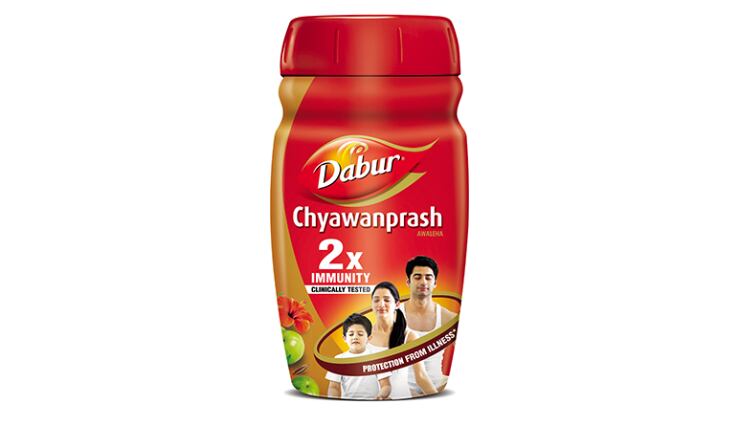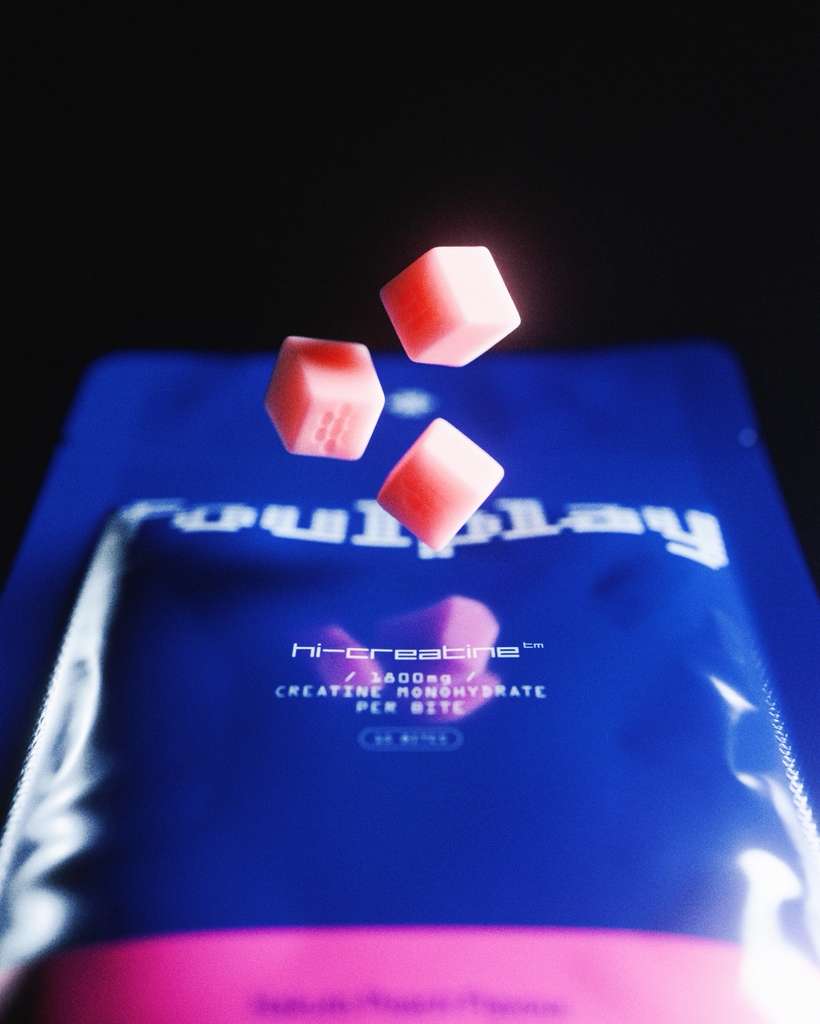Paul Katimbang, VP for Portfolio and Performance, Haleon Asia Pacific pointed out the above during a panel discussion hosted by the company.
Titled “Startup Meets Corporate: What Drives A Truly Successful Partnership?”, the panel discussion took place at the Singapore Week of Innovation and Technology (SWITCH) on October 31.
It was moderated by Sheryl Tan, senior R&D director, Wider Asia Head of Medical & Scientific Affairs, Haleon.
Other panellists were Steve Walsh, discover & apply lead at Haleon, Germaine Yong, senior scientist at Agency for Science, Technology and Research (A*STAR), and Chris Lee, founder & CEO of VentureBlick and formerly the head of Bayer Healthcare Asia Pacific.
When asked where are the most realistic APAC markets for launching start-up partnerships in the upcoming year, Katimbang highlighted five key markets, adding that these are markets where “the actual consumers are at.”
The Philippines would be a market hotspot for start-ups that want to drive accessible healthcare among lower income consumers.
“It is an English speaking market with quite manageable regulations, and very open-minded and experimental people,” he described of the market.
India would be a target market for start-ups looking for bigger consumer reach and consumers seeking innovations.
“If you want to have the widest possible range of hungry consumers that are going to go after new things, go to India where there are also manageable regulations, and has a big enough population if you want to have the reach.”
Taiwan was highlighted for its willingness for spend on health products.
“If you want to go after the most health conscious consumers in APAC who are willing to pay for their health, you go to Taiwan.
“The Taiwanese spend more on vitamins than anyone else in the world and they take more blood test than anyone else in the world. They are really willing to invest,” he said.
Japan and China, as the two major economies in Asia, would undeniably be part of the list.
Japan will be suitable for start-ups wooing aging consumers where are “massive opportunities”.
To crack the Chinese market, start-ups would need to have a partner that is well-verse of the market, he cautioned.
While Singapore is also frequently mentioned as a premium market that has attracted international interest, he explained that this is after all not where the key consumers are at.
“You noticed that I didn’t mention Singapore. Singapore is also a fantastic place for you to cooperate, to partner, but the consumers don’t sit there, the consumers sit in those five markets that I talk about.
“So yes, you can be based here, but you need to spend enough time in those five markets,” he said.
New doesn’t mean it’s needed
There are two key reasons why Haleon works with certain start-ups but not others.
According to Walsh, this would mean 1) having a good business fit and 2) whether the start-up’s innovation addresses a real consumer pain point.
“Be persistent, don’t be stubborn, and be agile enough to shift according to the partners’ needs,” he said.
Katimbang echoed, highlighting that irrelevant innovation could potentially kill a deal.
“You might have created something new but not needed,” he said. Another pitfall, he said, was pitching ideas that already exist.
Dr Yong, who is currently on a secondment to Singapore-based start-up Asian Microbiome Library (AMILI) as a research scientist, pointed out that the importance of being able to communicate with corporate partners in different domains.
AMILI has been working with Haleon for the past two years on Asian gut microbiome research after pitching its idea successfully.
When asked the qualities that AMILI had to showcase when engaging Haleon, she said that it was important to “put yourself in the shoes of various parties involved, for example the scientists and engineers” and having the “minimum viable competency and basal knowledge in each of these domains”.
Beyond clinical data and quality science, Tan pointed out that the ability to tell a story should not be overlooked.
At the end of the day, Katimbang said that examples of impressive start-ups were the ones that understood the problem at hand and “fell in love with the problem.”
Countries with most promising healthcare innovation
Towards the end of the discussion, Lee, who is familiar with the current start-up scene through VentureBlick, pointed out five countries which he believes have the “most promising healthcare innovation”.
They are China, South Korea, Japan, Singapore, and India.
China, according to his observation, has been undermined due to geopolitical reasons, but this does not discount its efforts in driving innovation.
“At the moment, I think China is still underestimated by a lot of people due to some geopolitical reasons, but I like to believe that China is the next big thing in the next five to 10 years that can compete with the US,” he said.
South Korea, though smaller in population, has been driving new innovations in the health and wellness space, he said.
“South Korea is a small country but it is a very innovative country...At the Consumer Electronics Show (CES), 40% of the companies actually came from South Korea,” he said.
At the event hosted by Haleon, one of the start-ups that made a pitching was Biobytes - a South Korean company which has developed a test for sarcopenia risk and a supplement for supporting muscle strength.





